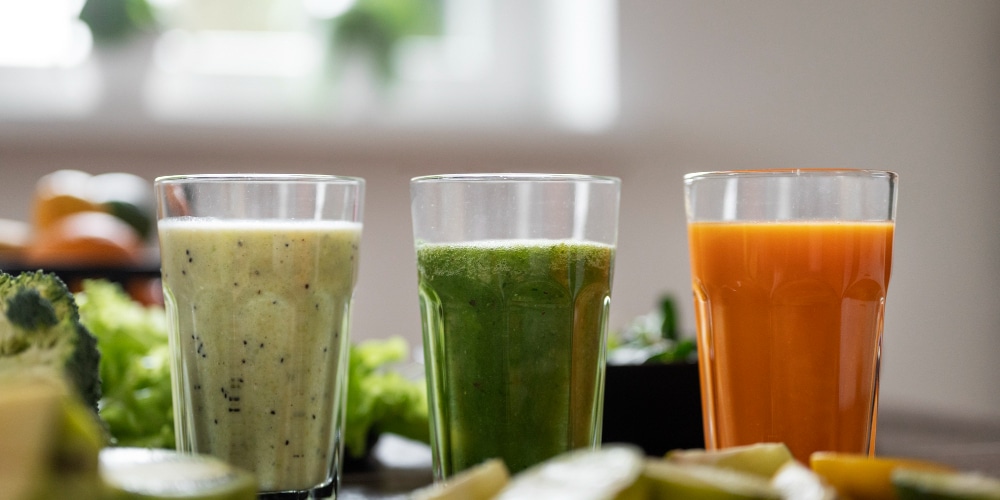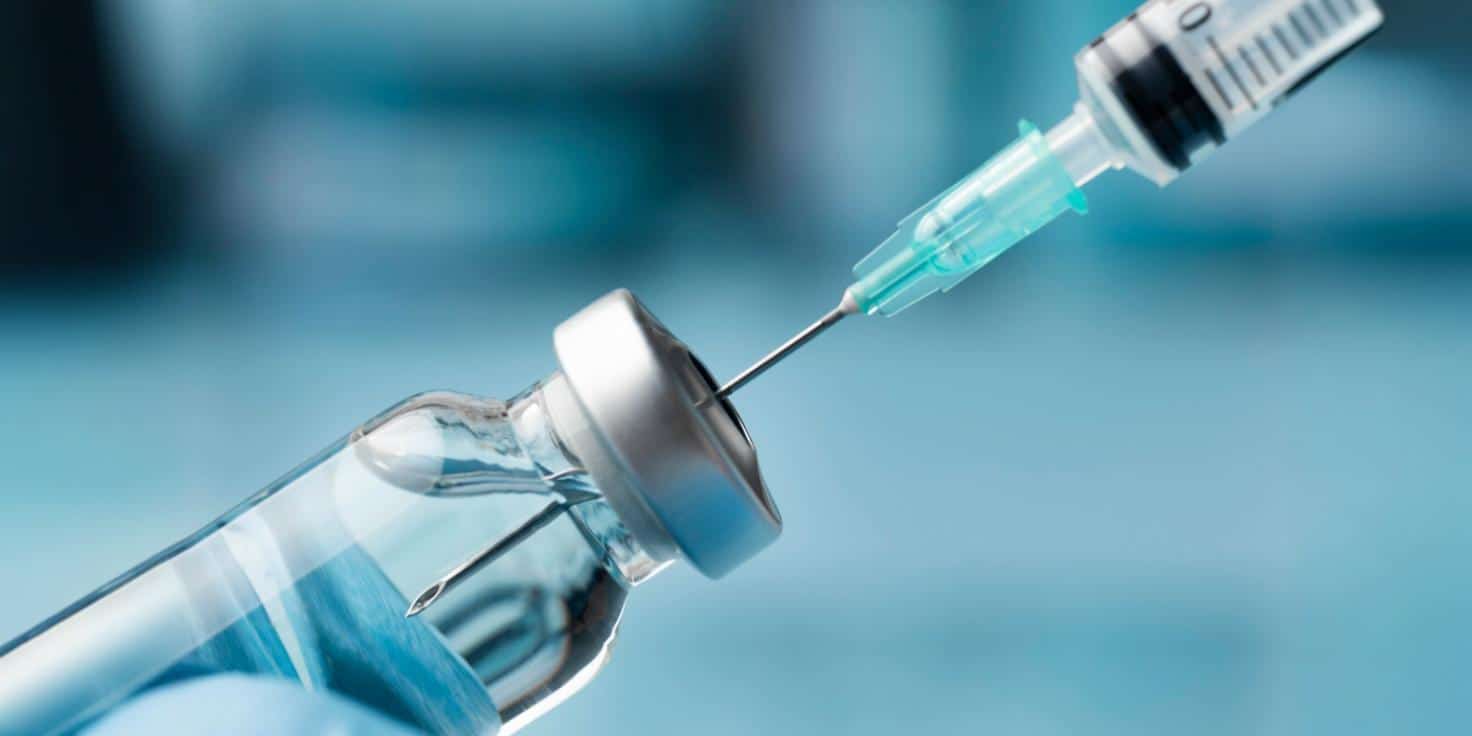Latest
Fact check: Are ‘cream’ biscuits different from ‘crème’ biscuits?
While the spelling evokes the idea of a milk-based cream and a French connection, actually creme is drawn from cheaper, shelf-stable vegetable oils
Author
Author
- admin / 7 days

- 0
- 5 min read

Author
CLAIM:
Biscuits that are said to be ‘creme’ filled do not contain cream; it’s mostly vegetable oil.
FACT:
True. There’s often no dairy in products labelled ‘creme.’ Instead, it’s a mix of sugar, vegetable oil, flavouring agents, and stabilizers that mimic the texture of cream, but without any milk fat.
A viral Instagram reel claims that most of our childhood “cream biscuits,” the ones we fondly called “cream wale biscuits,” don’t actually contain any milk cream.
In the reel, a teacher is seen explaining to her students the difference between cream and crème. She says: “Your childhood favourite ‘cream wale biscuit’ doesn’t have any trace of milk cream! Cream and crème are not the same! For my entire childhood, I thought all cream biscuits were made from innocent milk cream — simple! But in reality, the ‘crème’ inside those biscuits isn’t milk-based at all; it’s mostly vegetable oil dressed up as cream.”
The video concludes with a note encouraging viewers to “share this reel with your family and especially your childhood friends,” claiming that the “reality is printed right there on every packet.”
Cream vs creme: What’s the difference?
The confusion begins with the words themselves — cream and crème. Technically, they are supposed to mean the same thing. Cream is an English word, which in its real sense is a dairy product. As explained in this guide, cream is made by extracting butterfat from raw cow’s milk to produce a fat-in-water emulsion. It’s naturally derived, the kind you’d whip for desserts or pour into your coffee. Cream has several varieties: light cream, heavy cream, double cream, sour cream, and clotted cream, each serving a different culinary purpose.
Crème, on the other hand, is the French term for cream. It refers specifically to milk-based products in French cuisine, such as crème fraîche, crème brûlée, or crème caramel. These dairy preparations are made by fermenting or enriching cream to produce a thicker texture.
Crème fraîche is a cultured cream with about 30 per cent fat, known for its nutty and slightly tangy flavour. Crème anglaise is a light custard made with milk and eggs, while crème caramel is a custard dessert topped with caramel syrup.
In other words, while both cream and crème are technically names of the same thing in different languages, in food science and packaging, they can mean entirely different things.
In the packaged food world, “crème” has become a loophole to suggest richness without actually including dairy. This is because the Food Safety and Standards (Food Product Standards and Food Additives) Regulations, 2011 are very clear about what can be labelled as “cream” in food products. “Cream including sterilised cream, means the product of cow or buffalo milk or a combination thereof. It shall be free from starch and other ingredients foreign to milk,” and “Cream powder means the product obtained by partial removal of water from cream obtained from milk of cow and / or buffalo… It shall also be free from vegetable oil/ fat, mineral oil, added flavour and any substance foreign to milk,” according to the regulations.
The crème that appears on biscuit labels or confectionery packaging, on the other hand, is usually not the French word for milk-derived cream, but a marketing-friendly version for “creamy filling.” There’s often no dairy in it. Instead, it’s a mix of sugar, vegetable oil, flavouring agents, and stabilizers that mimic the texture of cream, but without any milk fat.
Kounser Parveen, a nutritionist at Srinagar’s Florence Hospital, echoed this and said that both ‘cream’ and ‘creme’ originally meant the same but have also acquired different connotations along the way.
“By cream we generally understand the top layer of the milk,” Parveen said. “While creme is a French term for cream, but in English, the meaning has somewhat shifted. It has also come to be used for products other than those based on dairy products, such as Biscuit cream, which is derived from vegetable oils.”
So, when your biscuit pack says chocolate crème or vanilla crème, it’s not lying, but it’s not what you think either. While the spelling evokes the idea of a milk-based cream and a French connection, actually it is drawn from cheaper, shelf-stable vegetable oils.
So, the next time you reach for a crème-filled treat, check the ingredients list, the truth is printed right there.
(Do you have a health-related claim that you would like us to fact-check? Send it to us, and we will fact-check it for you! You can send it on WhatsApp at +91-9311223141, mail us at hello@firstcheck.in, or click here to submit it online)









